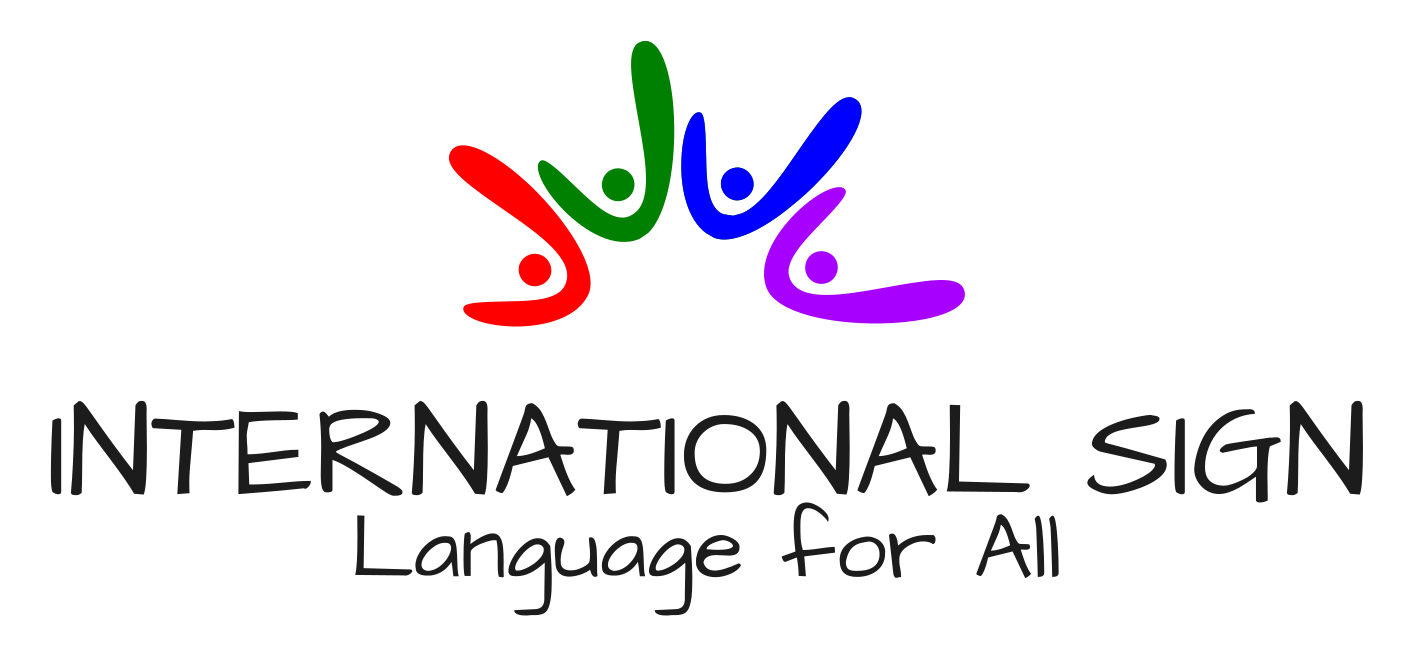Too often, Deafness is viewed solely through the lens of loss—a loss of hearing, communication, or access. But within the Deaf community, there is a powerful alternative perspective: Deaf Gain. This concept celebrates the cultural, linguistic, and cognitive contributions that Deaf individuals bring to the world.
What Is Deaf Gain?
Deaf Gain is the idea that Deafness is not simply a deficiency but a form of human diversity that enriches society. It shifts the focus from what is “missing” to what is gained through the Deaf experience, including the development of Sign Languages, unique ways of thinking, and strong community bonds.
Coined by scholars and embraced by the global Deaf community, Deaf Gain challenges negative stereotypes and promotes a more inclusive understanding of human ability.
The Power of Sign Language
At the heart of Deaf Gain is Sign Language—an expressive, visual, and spatial language that opens up new ways of understanding communication. Deaf communities around the world have developed rich Sign Languages that serve not only as tools for everyday interaction but also as vehicles for storytelling, education, and art.
The widespread use of International Sign in global events also demonstrates how Deaf communities adapt and innovate to connect across borders.
Cultural and Cognitive Contributions
Research has shown that bilingualism in Sign Language and spoken or written language can enhance brain development and cognitive flexibility. Deaf individuals often develop heightened visual attention and spatial awareness, skills that are valuable in education, technology, and the arts.
Culturally, Deaf communities have created vibrant traditions, from signed poetry to visual theater, that enrich the broader world of art and expression.
Deaf Gain in Education and Innovation
Recognizing Deaf Gain has important implications for education. It encourages schools and educators to move away from trying to “fix” Deaf students and instead focus on empowering them through bilingual education, visual learning techniques, and cultural pride.
In fields like design and technology, Deaf perspectives have led to innovations such as visual alert systems, captioning technologies, and inclusive architecture that benefit everyone—not just the Deaf.
Shaping a More Inclusive Future
Deaf Gain invites society to rethink what it means to be Deaf. It reframes the conversation around ability, value, and inclusion. Rather than seeing Deaf people as lacking something, we begin to understand the ways in which they add to the richness of our shared human experience.
By embracing Deaf Gain, we create space for Sign Language, Deaf culture, and Deaf-led leadership to thrive—and in doing so, we all gain.
